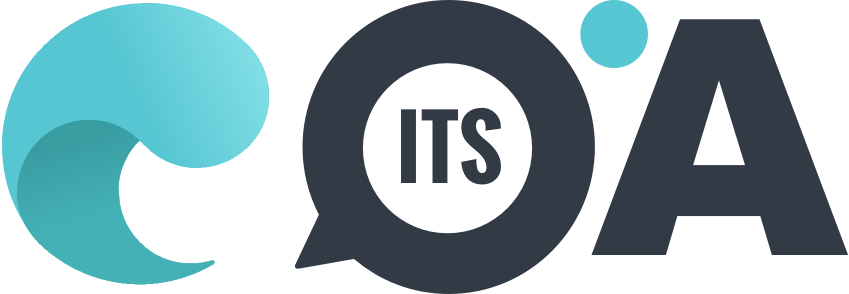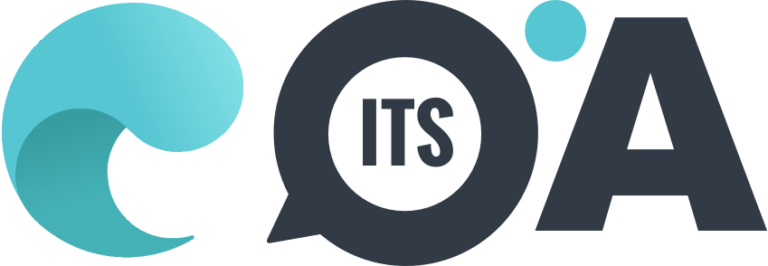To most, doctors are lifesavers, scrambling through hospital corridors and operation theatres, juggling long hours and critical decisions, all while carrying the emotional weight of their profession. But what does a typical day in a doctor’s life really look like, beyond the white coat and stethoscope? On National Doctors’ Day (July 1) ItsGoa, in conversation with Dr Pankaj Naik, an anaesthesiologist at Healthway Hospitals, Old Goa, pulls back the curtain on the raw reality of life as a doctor.
As India celebrates National Doctor’s Day on July 1, doctors continue to tread a delicate line between calm and chaos. What keeps them going isn’t glory or recognition but an unwavering drive to save lives. For Dr Pankaj Naik, a seasoned anaesthesiologist and critical care specialist at Healthway Hospitals, Old Goa, this commitment to his patients defines his everyday routine.
His morning begins at 6:30 a.m., not in scrubs, but with the task of getting his children to school. By 9 am his professional duties begin to trickle in, routine surgeries, cardiac procedures, ICU supervision and visits to other hospitals under his care. “The day winds down around 6 pm,” he adds, “but when you’re in critical care, you’re always on call.”
Always prepared to tackle an emergency, rushing to the operation theatre is second nature and teamwork and preparedness are vital to the well-being of the patient. “For us, responding to emergencies is a reflex. We are used to it,” he explains. “We follow strict checklists, ensure all equipment is functional and anticipate complications well in advance. Just like the checklists followed in aviation, every detail matters. Providing anaesthesia is like flying a plane; the takeoff and landing are crucial and a misstep can have serious consequences.”
Most days, he performs four to six surgeries, but when emergencies strike, that number can double. One such high-stakes moment stands out for Dr Naik. “A young man, just 35, was brought into the casualty with a massive heart attack. He was in a very critical state when we started CPR,” he recalls. “But in two minutes, we had him in the operation theatre. The whole team of cardiologists, anaesthetists and nurses worked like clockwork. We brought him back.” The patient, he adds, is doing well now. “A few seconds either way, and we might’ve lost him. That’s what makes it all worth it.”
But not every case ends that way. According to Dr Naik, a major gap in public understanding is that a patient may walk into a hospital looking fine on the outside but can still be critically ill on the inside. “When we lose them, families are shocked. To them, the patient seemed fine.” This disconnect sometimes breeds distrust, which, he believes, has grown in recent years. “Most doctors truly do what’s best for their patients, but communication gaps and rising suspicion don’t help.”
Being in critical care, death is inevitable. “We do everything we can, but sometimes it’s not enough. Breaking that news to a family is the hardest part of my job,” he says solemnly.
Despite the intensity, Dr Naik and the team of doctors do not compromise on patient care. “If I feel I’m not up to the mark the next day, I request my colleagues to step in,” he says. “We work as a team and we prioritise doctors’ health as well as the patient’s.”
A former state-level table tennis player, Dr Naik spends his evenings, from 7 pm onwards, on the tennis court, often playing alongside his son and neighbours. On days he is not working, his weekends are spent trekking, travelling or taking quick getaways with his wife and children. “Since both my wife and I are doctors, we try to take two short breaks a year to vacation in different parts of India. This helps keep us grounded,” he says.
Beyond the hospital walls, doctors have a family, ageing parents and personal challenges, often leaving it all behind when duty calls. Being a first-generation doctor, Dr Naik also speaks of the sacrifices made by the families of doctors. “It’s not just us. Our families often put their lives on hold so we can do our jobs.”
In a world where medical professionals are sometimes viewed with scepticism and high expectations, often overlooking the humanity aspect, Dr Pankaj Naik offers a peek into the invisible weight doctors carry daily. “All we ask is a little understanding. We are not machines. We are people who care deeply, who train for years and who give up a lot to be there for our patients.”
And as another day dawns for Dr Naik and with more patients to tend to, his commitment to his calling remains unwavering, calm, composed and compassionate.


